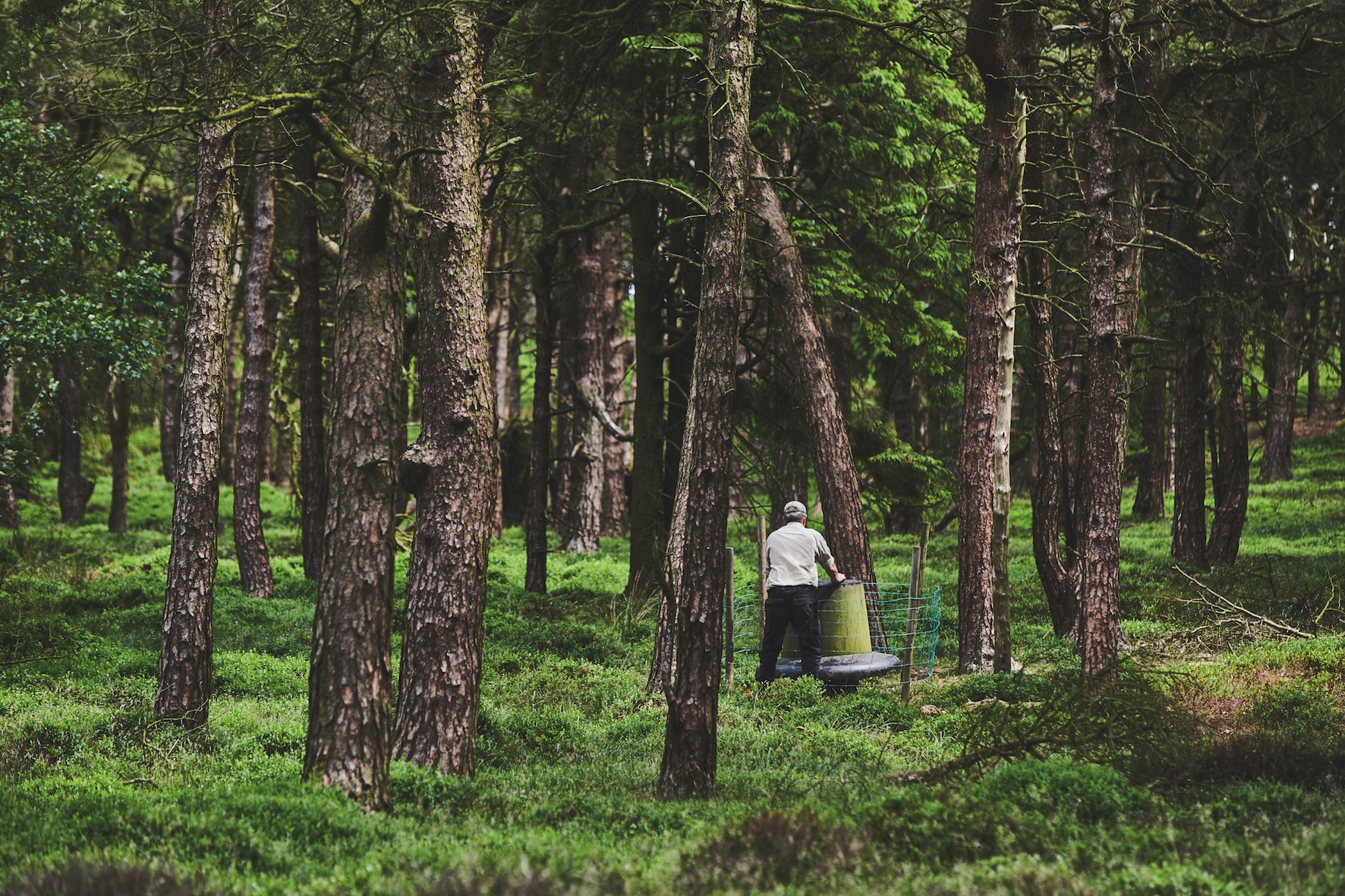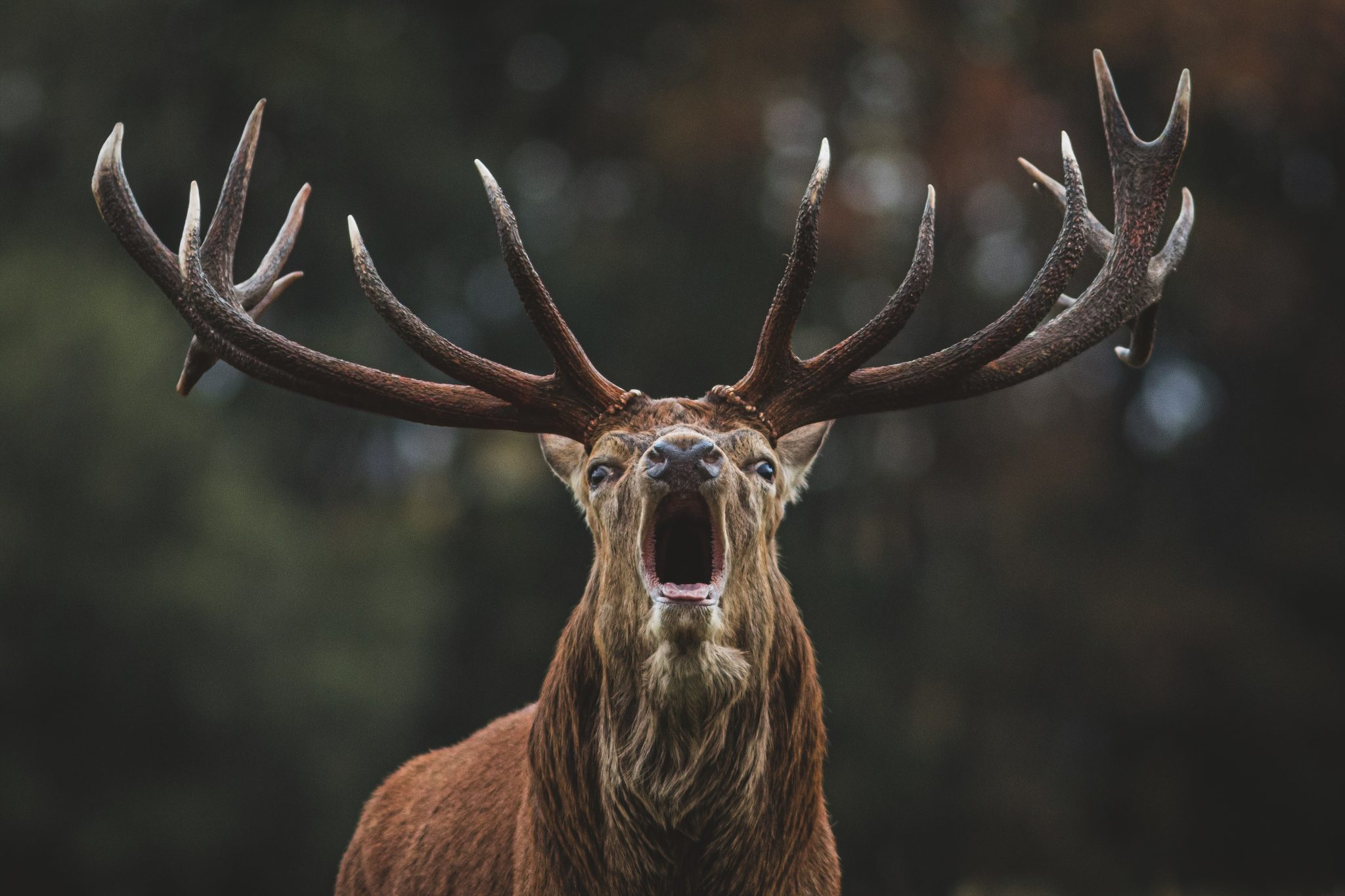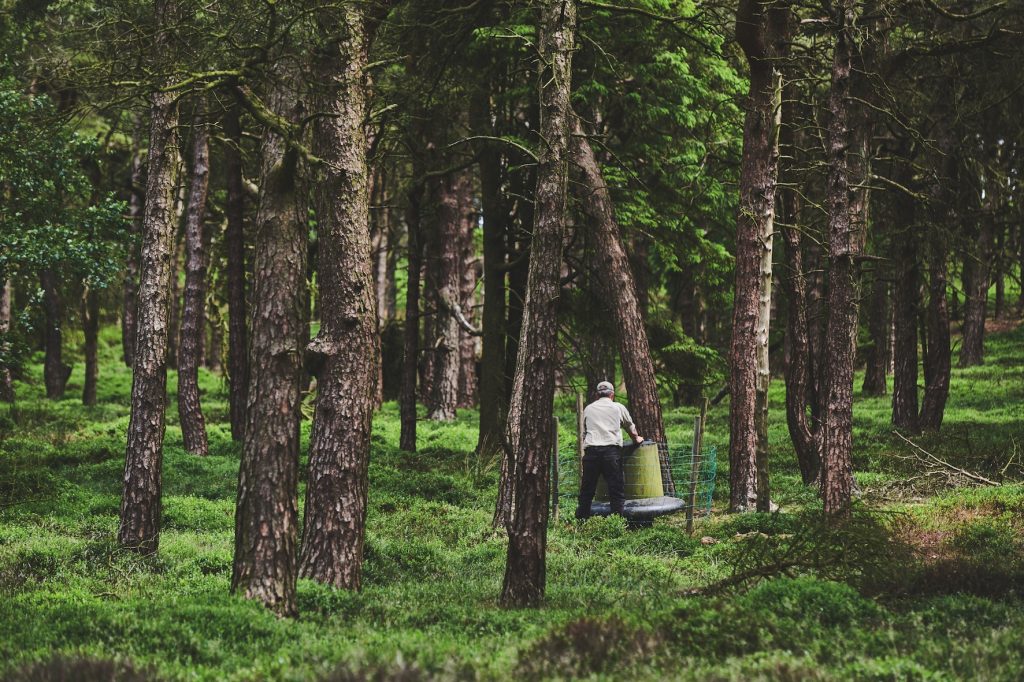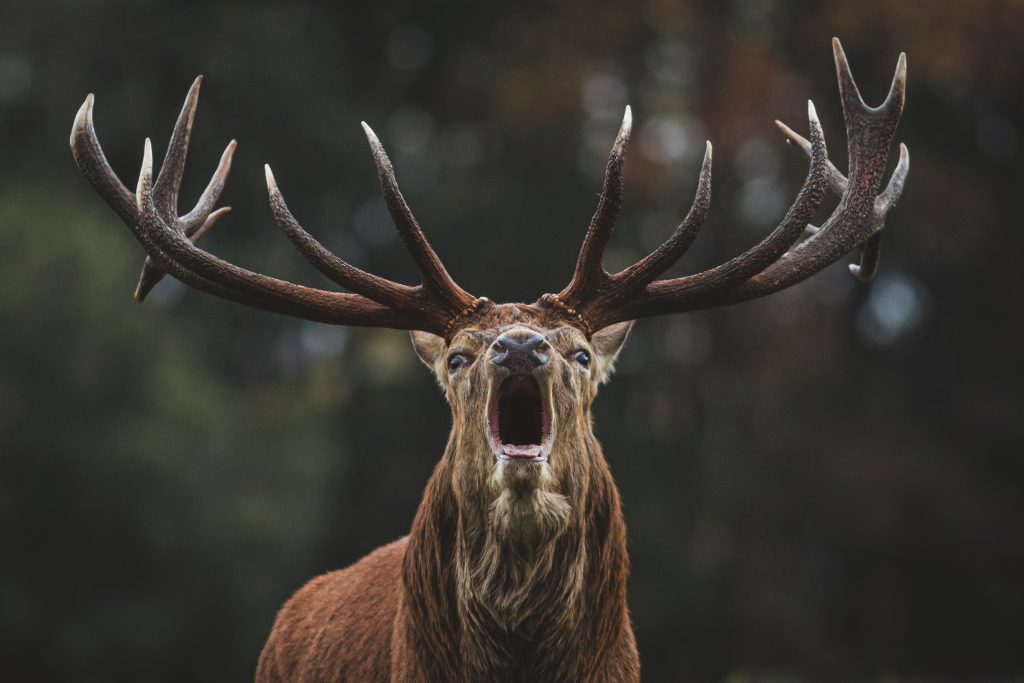Win CENS ProFlex DX5 earplugs worth £1,149 – enter here
Hedges: Heritage and habitat
The wonderful world of hedgelaying
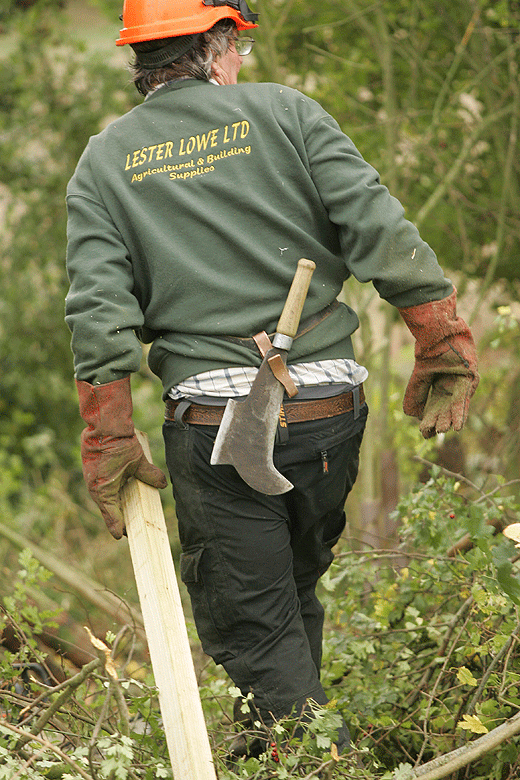
Hedgelaying might be seen by outsiders as a rather staid and flat-capped pastime. However, scratch the surface, and you find a fascinating past, some lively linguistic oddities, and even a bit of seaside sauciness. So, if you want to know your ?pleachers? from your ?heels?, your ?stakes? from your ?stools?, or if you?re just wondering what is meant by getting laid ?Dorset-style?, it is worth paying a visit to the National Hedgelaying Championships. This year?s event, the 35th, was held on 26 October at Waddesdon Manor in Buckinghamshire, home of Lord Rothschild.
Hedge history
Hedgelaying goes back centuries to when many types of enclosures made from all sorts of materials were used to keep animals in and, in some parts of the world, to keep those with big fangs out. In the UK, hedgelaying declined after World War II when agriculture intensified: hedges were uprooted and wire fencing replaced natural materials as a means of enclosing livestock. By the 1960s, the situation had worsened, and I am sure older readers will remember farming practices changing to feed a growing post-war population. In response, Fred Whitefoot, Valerie Greaves and Clive Matthew formed the National Hedgelaying Society in the early 1970s.
In 1946 there were around 500,000 miles of hedges in the UK ? more than half of this has since been lost. Finding land with enough natural hedging to work on at the championship can be difficult ? the hedges at the 2013 championships were planted about 13 years ago.
However, hedgelaying is not just about keeping traditions alive; it is pleasing to the eye and serves a purpose. Properly laid hedges are far superior as habitat to the straggly, windblown hawthorns often seen on large farms, which are testament to the ravages of intensive farming; they are thick and encourage growth, they provide protection and cover for both ground-testing birds and other species, and provide habitat for insects to thrive.
Hedge terminology
Hedgelaying comes with its own rules and terminology (see box). Flexible lengths of willow or hazel are twisted into attractive corkscrew lengths known as ?binders?, ?winders? or ?heatherings?, which run the length of some styles of hedging to secure the top of the hedge to fence posts. Often crucial are ?pleachers? ? saplings or small trees that are partially cut near the base and bent over at an angle of about 45°, in some cases. The pleacher is cut so that some of the sapwood and bark remain around part of the trunk, allowing the sapling to survive; the angle allows the sap to rise and maintain growth.
There are about 30 different styles of hedging associated with different parts of the country. For example, the Welsh Border style is a double brush hedge with stakes driven in at a 35° slant, 30in apart, while the Devon-style hedge is often laid on top of a bank and uses crooked hazel sticks to secure the hedge instead of stakes. There are also Continental styles.
During the competition the hedges are scored out of 100, with points awarded to different features. This varies according to style. For example, the Midland style will attract up to 35 points for cut and pleach, 25 for stake and bind, 20 for the back of the hedge and 20 for general appearance. All hedges are expected to be excellent examples of their style, and the finer points will count; neatness and uniformity of cutting; straightness of the
line of the hedge and stakes; and tidiness of binding and general appearance.
They will be built using the modern chainsaw, along with the ancient billhook and axe. The winner of the championship receives a handcrafted billhook made by blacksmith John Beavis with the champion?s name and the date stamped on the blade.
One of the founder members of the national hedgelaying society, Clive Matthew, was hard at work, while Dave Truran proved that hedgelaying keeps you fit, vaulting his hedge with ease. It was fascinating to watch the metamorphosis of hawthorn, field maple and others into sleek lines ready to be judged. The entrants created some stunning work out of what appeared at first to be a mess of fallen branches. But for the orange high-visability accessories worn by some, the scene could have been from any century.
At the end of it all, Peter Gibson from Cumbria was named Supreme Champion. It was his second time as champion ? fatefully ? each time he has drawn peg 67, also the number of his house.
Additional photographs taking at the National Hedgelaying Championships 2013
Related Articles
Get the latest news delivered direct to your door
Subscribe to Shooting Times & Country
Discover the ultimate companion for field sports enthusiasts with Shooting Times & Country Magazine, the UK’s leading weekly publication that has been at the forefront of shooting culture since 1882. Subscribers gain access to expert tips, comprehensive gear reviews, seasonal advice and a vibrant community of like-minded shooters.
Save on shop price when you subscribe with weekly issues featuring in-depth articles on gundog training, exclusive member offers and access to the digital back issue library. A Shooting Times & Country subscription is more than a magazine, don’t just read about the countryside; immerse yourself in its most authoritative and engaging publication.



